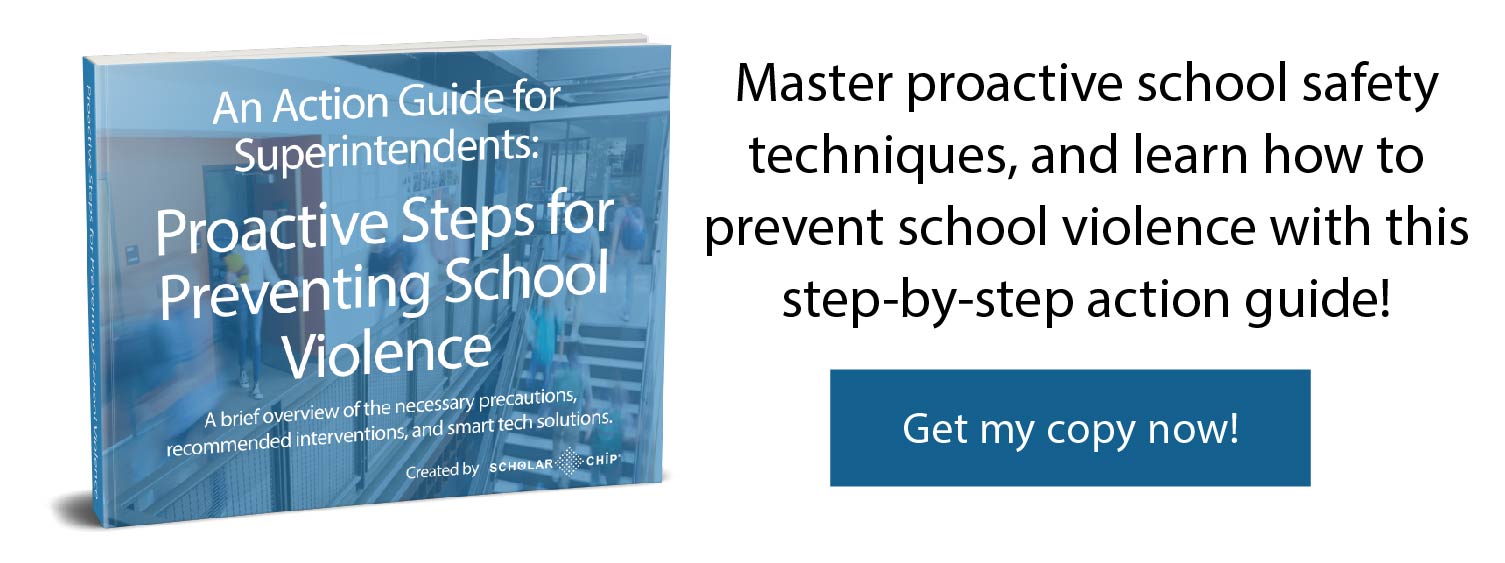Challenges of the school superintendent
Today’s school superintendents face increasing issues on their watch. A 2017 Gallup survey reported that 73 percent agreed that they contend with budget shortfalls and other roadblocks. Another 64 percent believed that rising federally and state government mandated assessment demands are growing, and these would confront their districts.
In terms of federal government policy, superintendents state that they have limited confidence. In another 2017 study, 25 percent reported that it had a high impact for their districts with a further 49 percent saying it had a fair impact on theirs. In providing replies about the federal government’s handling of the K-12 education policy, 40 percent stated that they viewed it as fair while another 45 percent felt it was poor. When questioned about the current administration, 55 percent of superintendents had no confidence in the existing policy. The reason why s
Similarly, school funding plays a significant role, particularly when low attendance and decreased graduation rates exist.
School funding matters
Funding for school districts must be a priority to aid in school safety training. In the present climate, many school districts are limited in funding opportunities. That said, these deficits impact how districts serve their students. Significant state funding cuts were due to issues such as failure to recover from the 2008 recession and plummeting property values. As a result of these existing obstacles, superintendents find it difficult helping students within their districts.
The superintendent’s greatest challenges
At the moment, budgetary issues, policy insufficiencies, and funding cuts can fill a superintendent’s day. But, regularly deal with:
- Attendance rates
- Test results
- Graduation Rates
- Any harassment related issues
- Student and Staff Safety
Their most challenging problem is serving students who are in at-risk situations. As a result, the demand for better security from school safety training in districts in extremely critical.
The factors involving students
Students can deal with a multitude of situations throughout their school day that affect their learning. Such as:
- social and emotional learning
- disruptive classroom behaviors
- chronic absenteeism
- chronic and cyber bullying
- student fear
Factors like social and emotional learning and disruptive classroom behaviors can play roles in escalating behaviors. These can stem from home environment problems, genetic predispositions, ADHD, and existing behavior issues such as aggressiveness, defiance, and other antisocial behaviors. Then nationwide, some eight million K-12 students were chronically absent from school in the 2015-2016 school year.
The problems of bullying and cyberbullying also contribute to school absences. A study of 5,700 12-17 year-olds showed that 79.5 percent were bullied at school. This affected their ability to learn and feel safe. 60.8 percent were bullied online, also resulting in challenging learning and feelings of ongoing threats.
The results of bullying affecting students are significant. They include:
- depression
- anxiety
- health complaints
- decreased academic achievements
- violence
In 2018, the US Navy Postgraduate School (NPS) Center for Homeland Defense and Security reported that there were 97 school shootings. A 2017 Commonwealth of Pennsylvania study reported that 3,684 students had carried a gun, knife, or club on at least one day during the 30 days before the survey. In the same survey, 3,747 students did not go to school because they felt they were unsafe either at school or on their way to or from school.
The good news for school superintendents
Even though this might be a lot of information, there are proactive solutions to achieving an effective school safety training program that fits within your budget:
- In 2018, North Carolina recommended continuing and expanding school safety grants from $30 million in recurring and non-recurring funds to more than $53 million in recurring and non-recurring funds for 2019.
- In 2018, Congress passed the Consolidation Appropriations Act to the Department of Justice (DOJ) could offer $1.1 billion in matching funds until 2028.
- K-12 programs receive increased federal grants of $90 million for safe schools.
- Five million dollars went to Project SERV, federal grants that go to schools that have experienced trauma such as shootings and natural disasters.
- Grants include $15.8 billion, an increase of $300 million for Title I, the program that aids low-income children.
- $12.3 billion in special education grants through the Individuals with Disabilities Act.
- The 21st Century Learning Center program would receive $1.2 billion for after-school programs.
- School safety comes as a result of additional grants available to school districts such as the Safer Schools in America Impact Grant with payments of over $25 million over three years.
- In another instance, the DOJ awarded Iowa’s Creston Community School District $500,000 as part of its STOP School Violence program that enables them to employ numerous security solutions. Their grant funded 75 percent of their project costs.
Besides the opportunities for grants and special funding, smart technology services now exist to allow for school safety programs to flourish. These enable schools to take on school safety training with the addition of their new funds.
Implementing changes with smart technology services
For school districts to implement changes using smart technologies for school safety training, several things should take place:
- Obtain school board buy-ins for school technology. The services involved must address the children first. Superintendents, school boards, and parents should look to a solution that is data-driven, unobtrusive, automated, and integrated to help schools achieve their school safety training. New services work to address safety anxieties among students, parents, and educators.
- The new solutions will add value and increase ROI. Superintendents are apprehensive when new technology and security meet, especially when there is an added hurdle of finding the money to pay for it. However, with the new state, federal, and special funding programs, districts can introduce an all-in-one security strategy.
Many districts have found that implementing a solution like a smart ID card system is well worth the commitment and investment, finding that it’s time to upgrade their current systems.
In terms of smart technology services, there are three major areas to consider:
- A Behavior Management System that can greatly improve student behavior and recognize those at-risk, and reward good behaviors throughout the student’s career.
- Smart ID card systems for knowing where students and staff are at times, along with building access.
- A visitor management system that recognizes new visitors on school grounds. Their driver’s license is scanned and cross-referenced with a sex-offender database.
How to proactively address school security and provide alternate solutions for school safety training
It’s time to establish school safety training for students and staff.
The US Secret Service recommends eight steps for providing a comprehensive and targeted violence protection plan that requires schools to:
- Establish a multidisciplinary threat assessment team.
- Create a list of student behaviors—those that are not allowed and if witnessed, require immediate intervention.
- Provide school safety training in a central reporting system.
- Determine a level for which law enforcement should intervene.
- Identify the list of risk management options.
- Develop risk management options to enact following a complete assessment.
- Create and promote a safe school climate that is based on communication, trust, and support.
- Provide school safety training for all school personnel.
Along with these recommendations, districts can utilize ABE, a visitor management system, and smart ID cards to:
- Proactively improve student/classroom behavior and performance
- Identify student and staff whereabouts and secure building access
- Vet new visitors
- Improve school safety from occurring internally and externally
ScholarChip offers a complete array of School Safety & Operations Services that include student behavior monitoring, student and staff smart ID cards, large group and classroom attendance, visitor management, cafeteria POS, secure door access, and mobile monitoring. These services address the multiple issues plaguing schools. The services are also integrated with the popular Student Information System (SIS) like PowerSchool®.
They feature:
- ScholarChip ABE – ABE tackles disciplinary occurrences that can lead to escalations before they happen. It helps monitor student behavioral problems and quickly flags at-risk students for any additional interventions. The ABE helps students with better behavior and engagement, integrates student rewards, and tracks their progress throughout their careers.
- ScholarChip Smart ID Card – For identity management, smart ID cards shows where students are once they tap their cards at the entrances to their buses, school buildings, or classrooms. The real-time reporting automatically shows where each student is, whether it’s at large group activities, trips to the nurse or guidance counselor, or field trips. It also flags absences. School personnel can use their smart ID card for time clocks and door access.This equals safety.
- ScholarChip Visitor Management System – Visitor management system allows schools to know who is on the premises at any time or place. It tracks new personnel permitted in the building. Visitor Management enables the school to track vendors and delivery personnel. It manages student drop-off and pick-ups, potentially dangerous situations in the event of abductions, and runs checks for sex offenders. It also facilities late arrivals and early dismissal passes. The school is a safer place that’s conducive for learning, vital for every school district.
Conclusion
School districts are confronted with multiple issues that are continually changing, among them chronic absenteeism, student behaviors, unauthorized individuals entering campus grounds, and school violence. Smart technology can prevent these schools from concentrating on the serious problems they face, making them better safer places to live and learn.
ScholarChip is an all-in-one, platform solution to help reduce school threats and address the important issues surrounding school safety. Data from students, faculty, and stakeholders are leveraged to manage school access, attendance, and behavior management through the platform tools to increase safety and promote the campus climate schools are looking for.
If you would like to learn more about how you can implement smart technology across your district, feel free to reach out today for a 1-on-1 walkthrough with a solution specialist!


